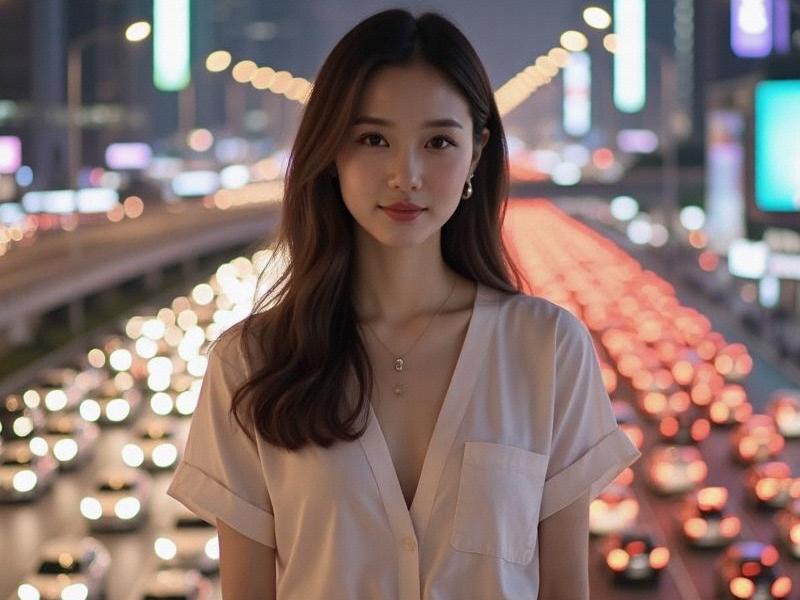This 2,800-word investigative feature examines how Shanghai women navigate contemporary beauty expectations while reshaping cultural narratives about Chinese femininity in a globalized context.

The Shanghai Aesthetic Revolution
Along Nanjing Road's glittering storefronts, a quiet rebellion unfolds daily - not with placards, but with makeup brushes and business suits. Shanghai's women are rewriting the rulebook of Chinese femininity, blending qipao elegance with boardroom authority in ways that challenge both Eastern traditions and Western stereotypes.
Historical Foundations
1. The Golden Age (1920s-1940s):
- "Shanghai Girl" archetype origins
- Calendar poster art influence
- Western beauty product adoption
2. Socialist Era Transformations (1950s-1970s):
- Functional beauty standards
- Gender-neutral fashion
- Worker identity emphasis
3. Reform Period Renaissance (1980s-present):
- Cosmetic market liberalization
上海龙凤419社区 - International fashion influence
- Professional class emergence
Contemporary Landscape
1. Beauty Industry Dynamics:
- ¥82 billion cosmetics market
- Local brand resurgence
- "Guochao" nationalist trends
2. Professional Paradigms:
- Female entrepreneurship rates
- Corporate leadership trends
- Work-life balance innovations
Cultural Contradictions
上海龙凤419手机 1. Persistent Challenges:
- Marriage market pressures
- Ageism in employment
- Body image debates
2. Progressive Shifts:
- Anti-latex eyelash movements
- Natural skin tone acceptance
- Career-first mentality
Economic Empowerment
1. Consumer Power:
- Female-driven luxury spending
- Beauty tech investments
- Influencer economy
上海私人品茶 2. Creative Leadership:
- Fashion designer spotlights
- Gallery owner profiles
- Tech startup founders
Global Interactions
1. East-West Exchange:
- International runway models
- Hybrid style innovations
- Cosmetic surgery trends
2. Regional Comparisons:
- Contrast with Beijing pragmatism
- Difference from Guangzhou casualness
- Similarities to Seoul/Tokyo
As Shanghai prepares to host the 2026 International Women's Forum, its women stand at the vanguard of redefining Asian femininity - not as passive adornments of urban landscapes, but as architects of the city's future skyline.